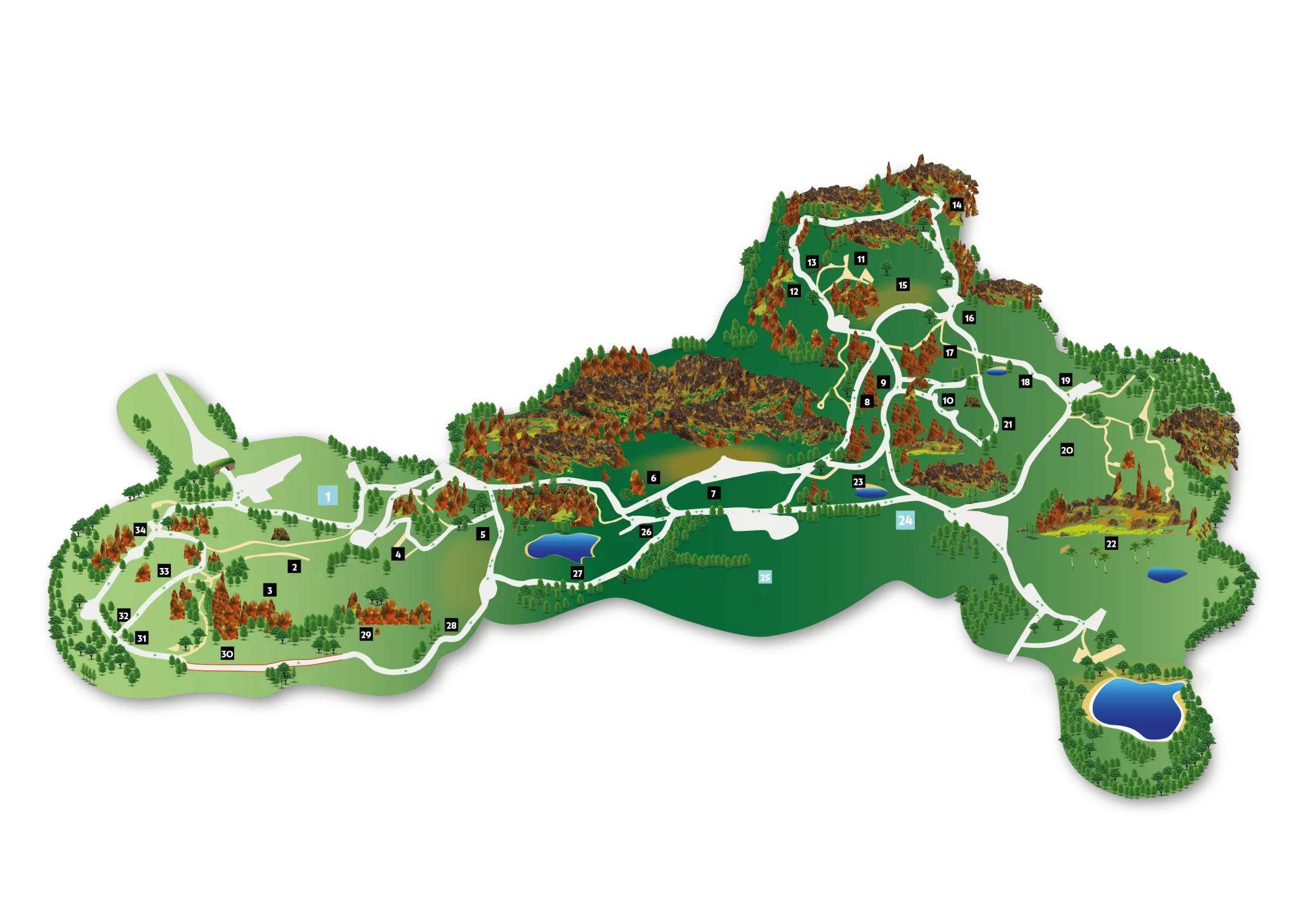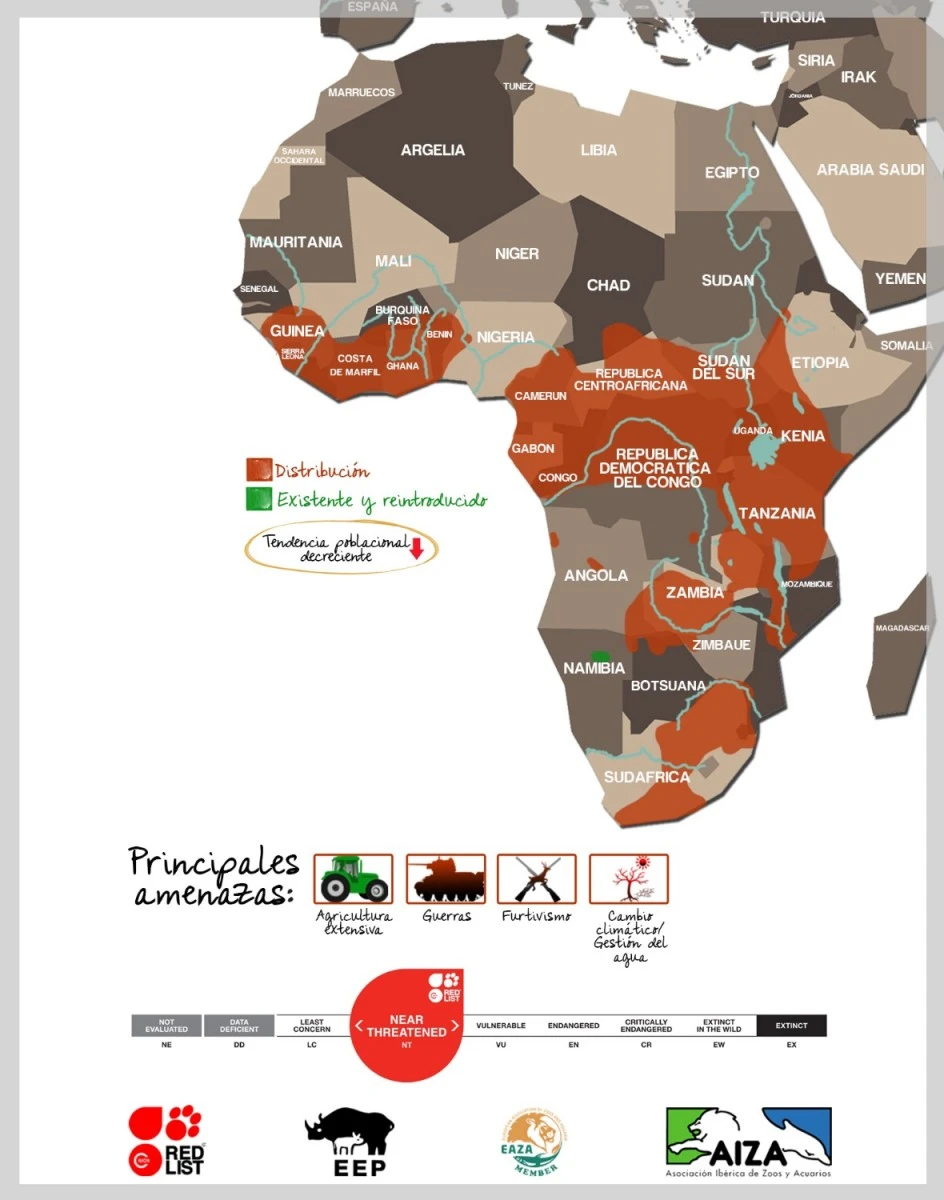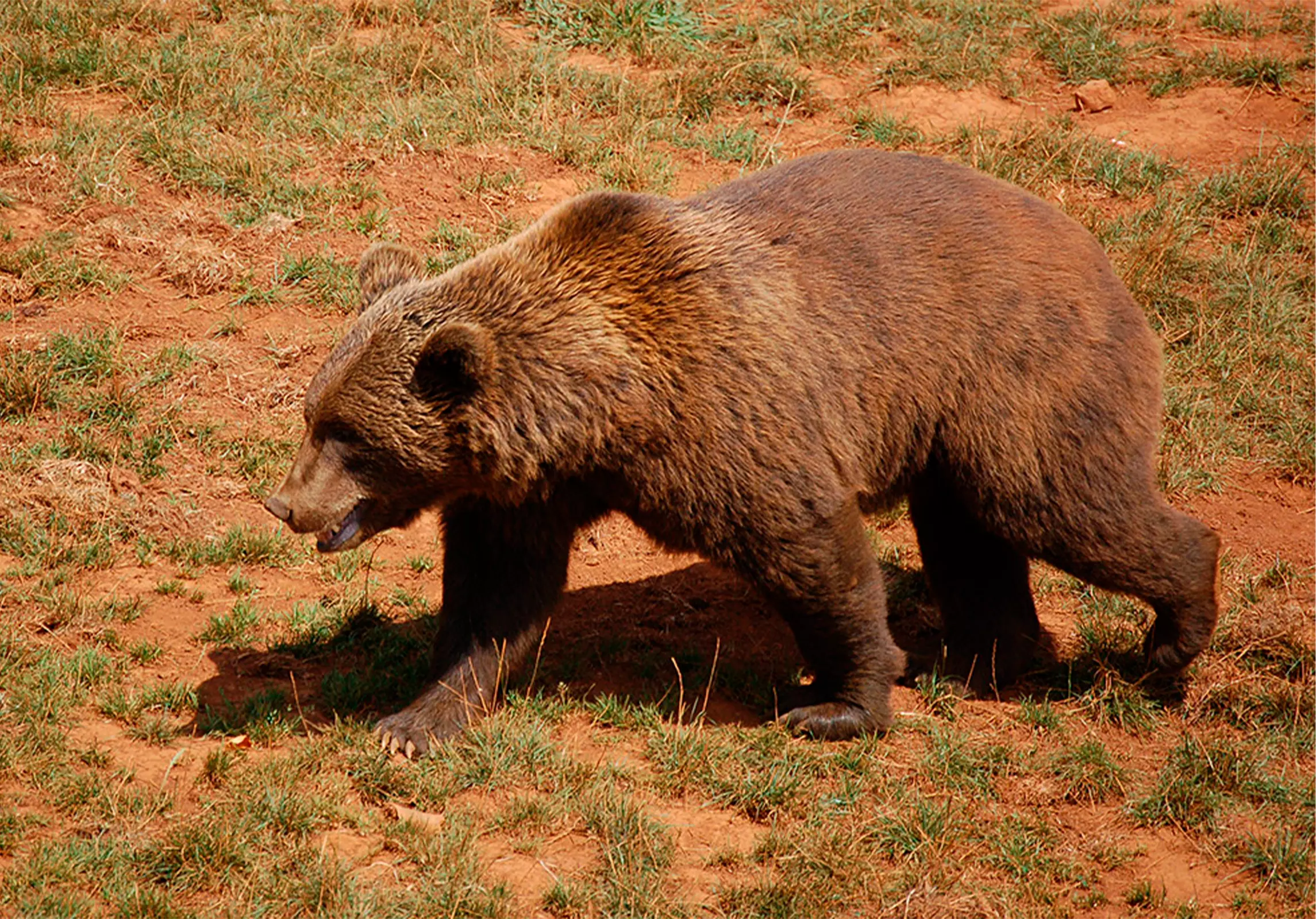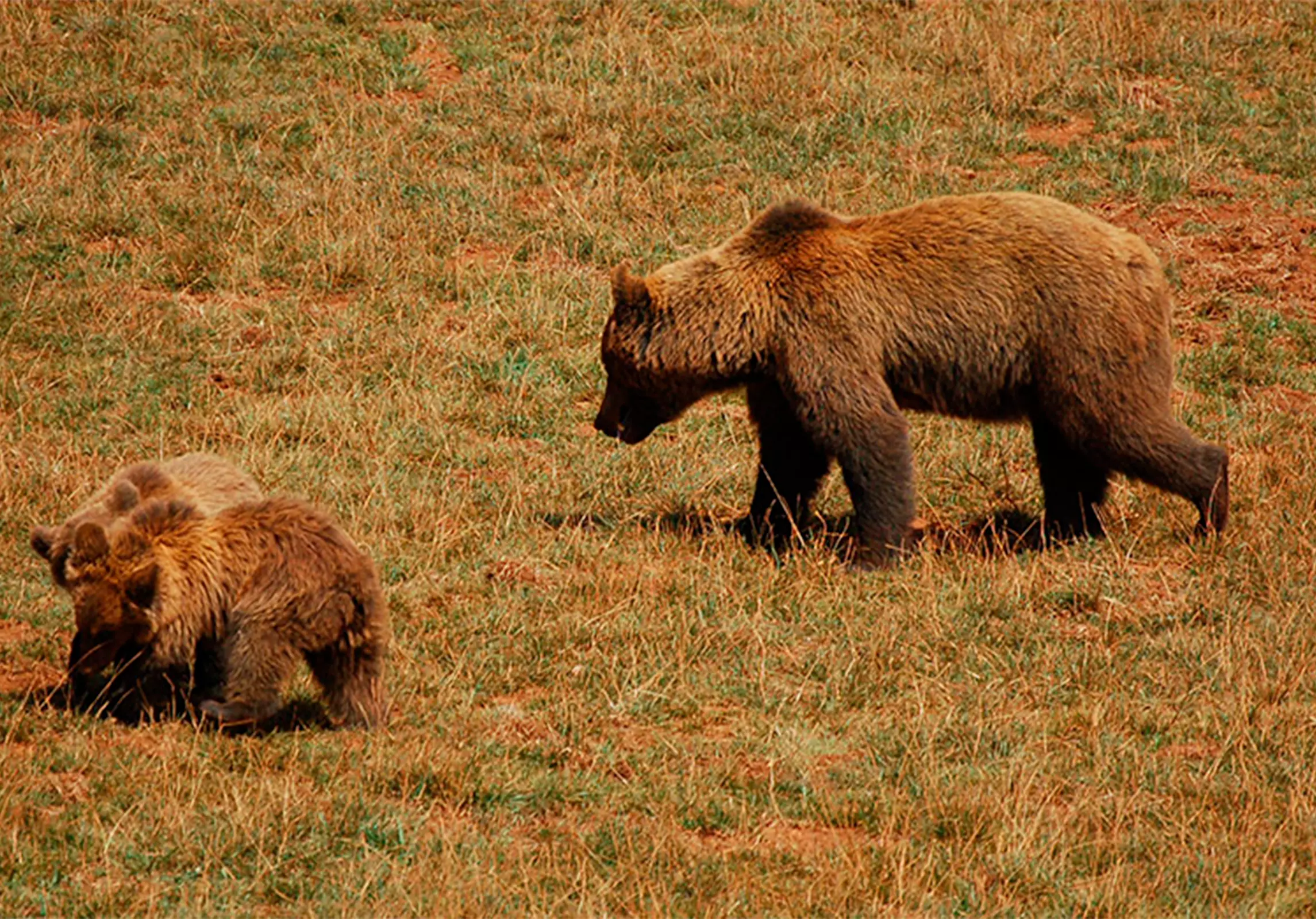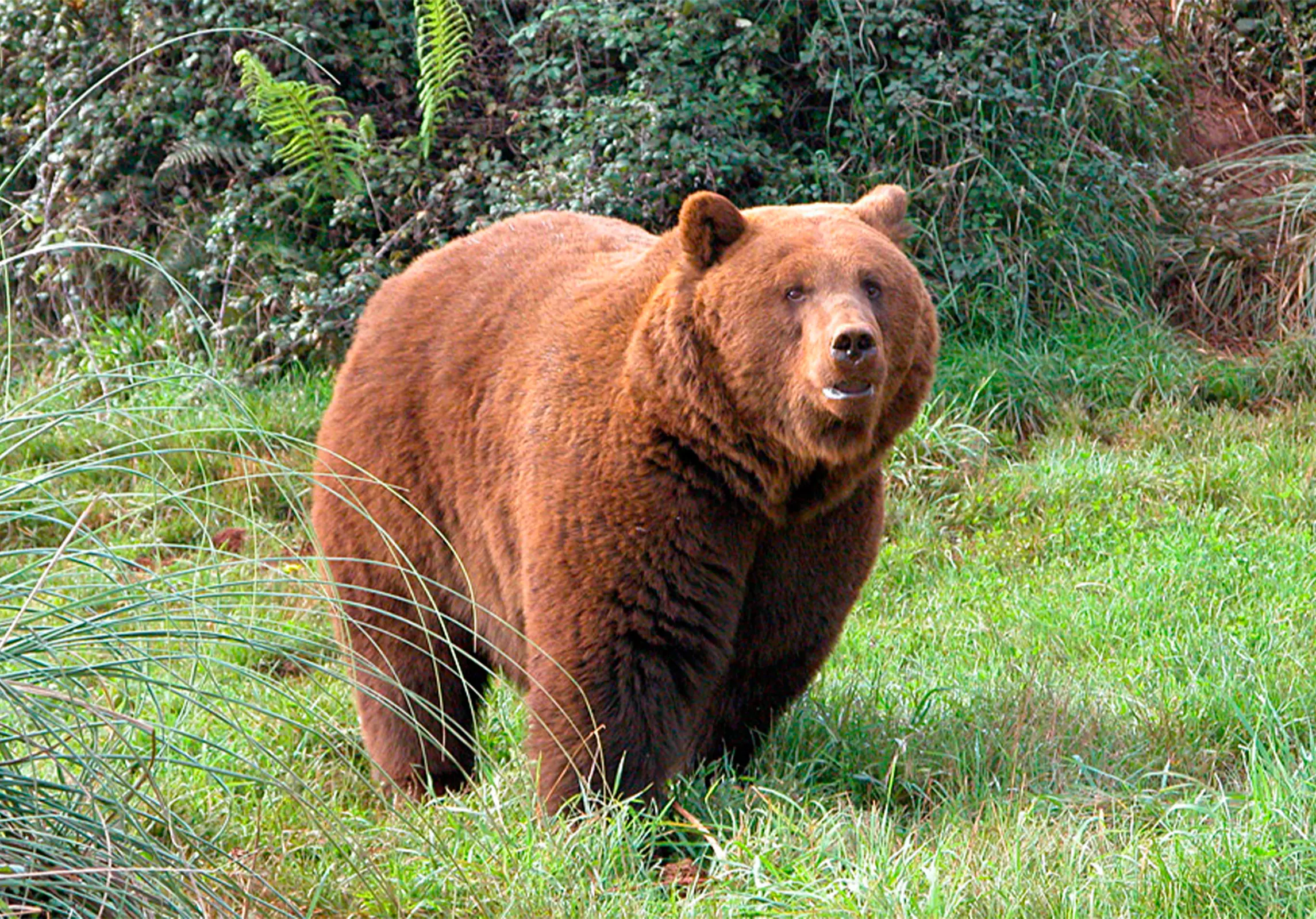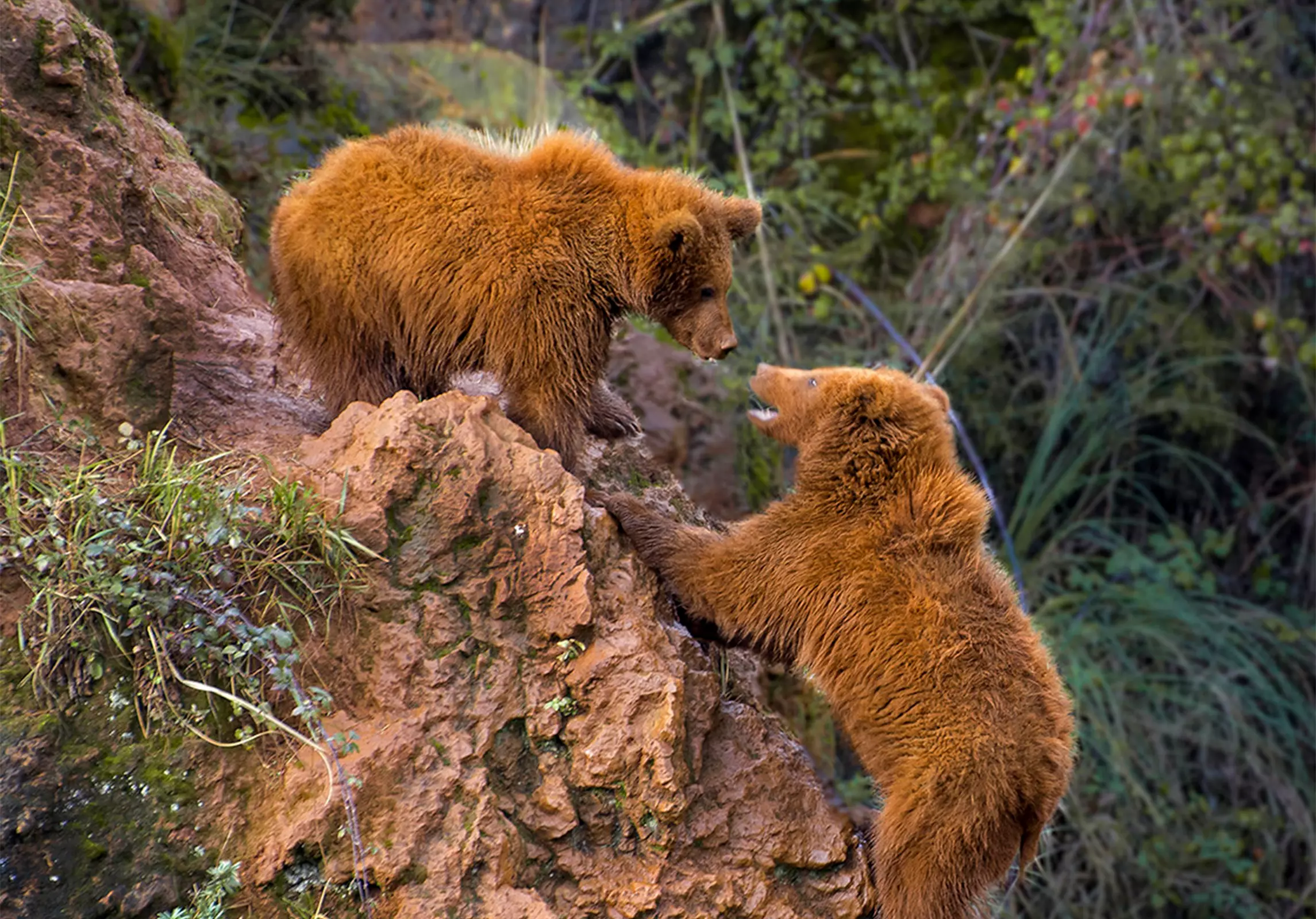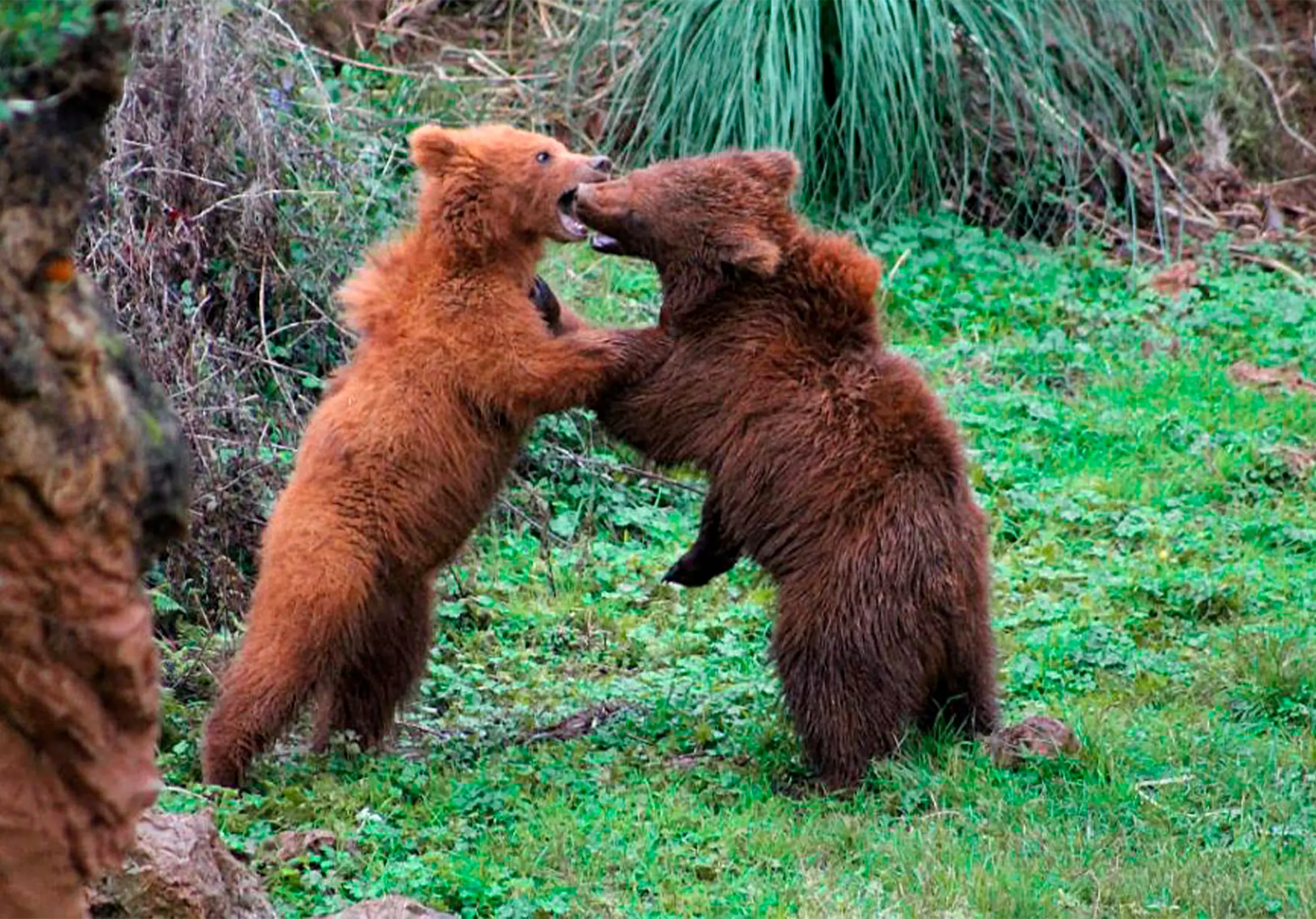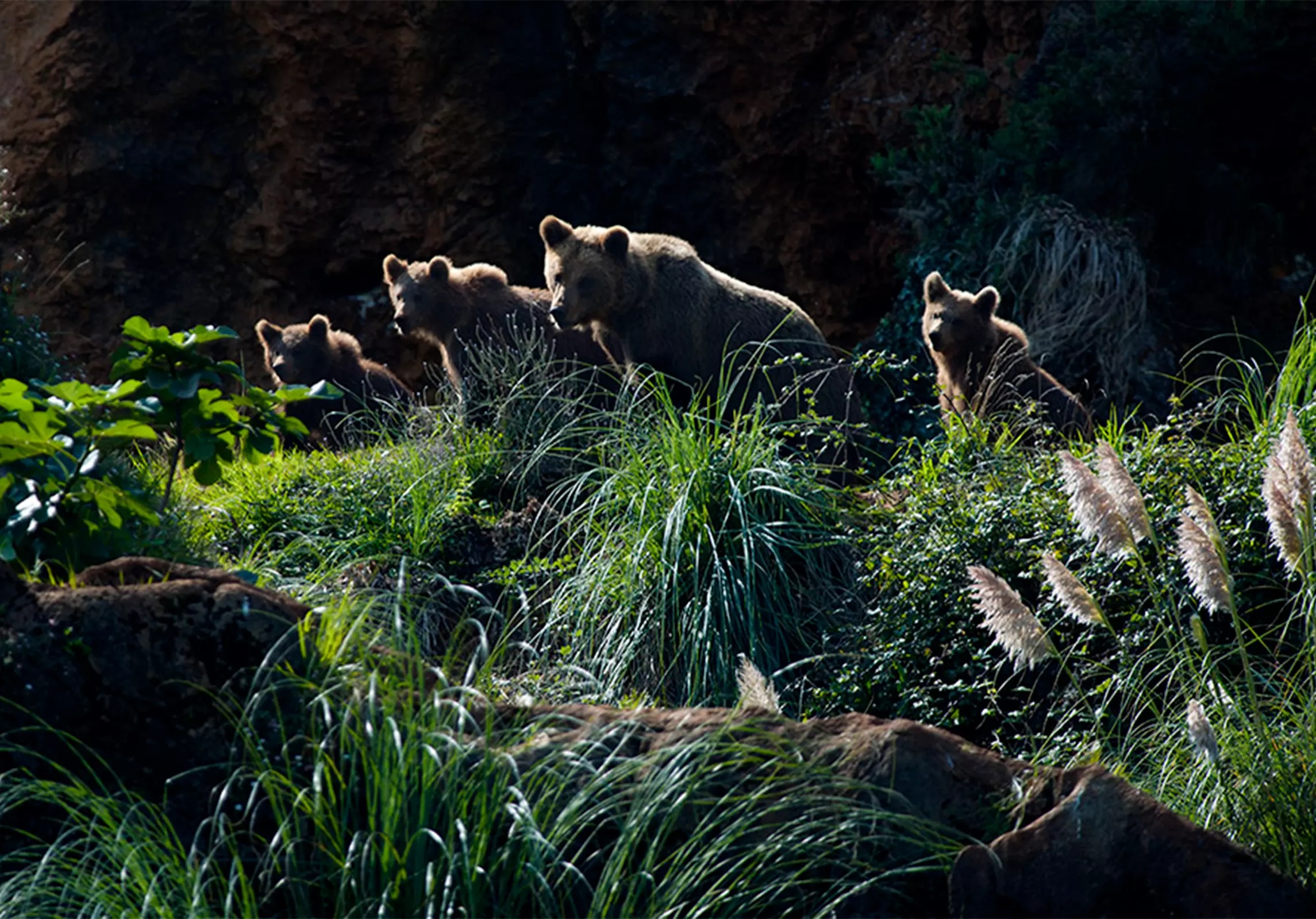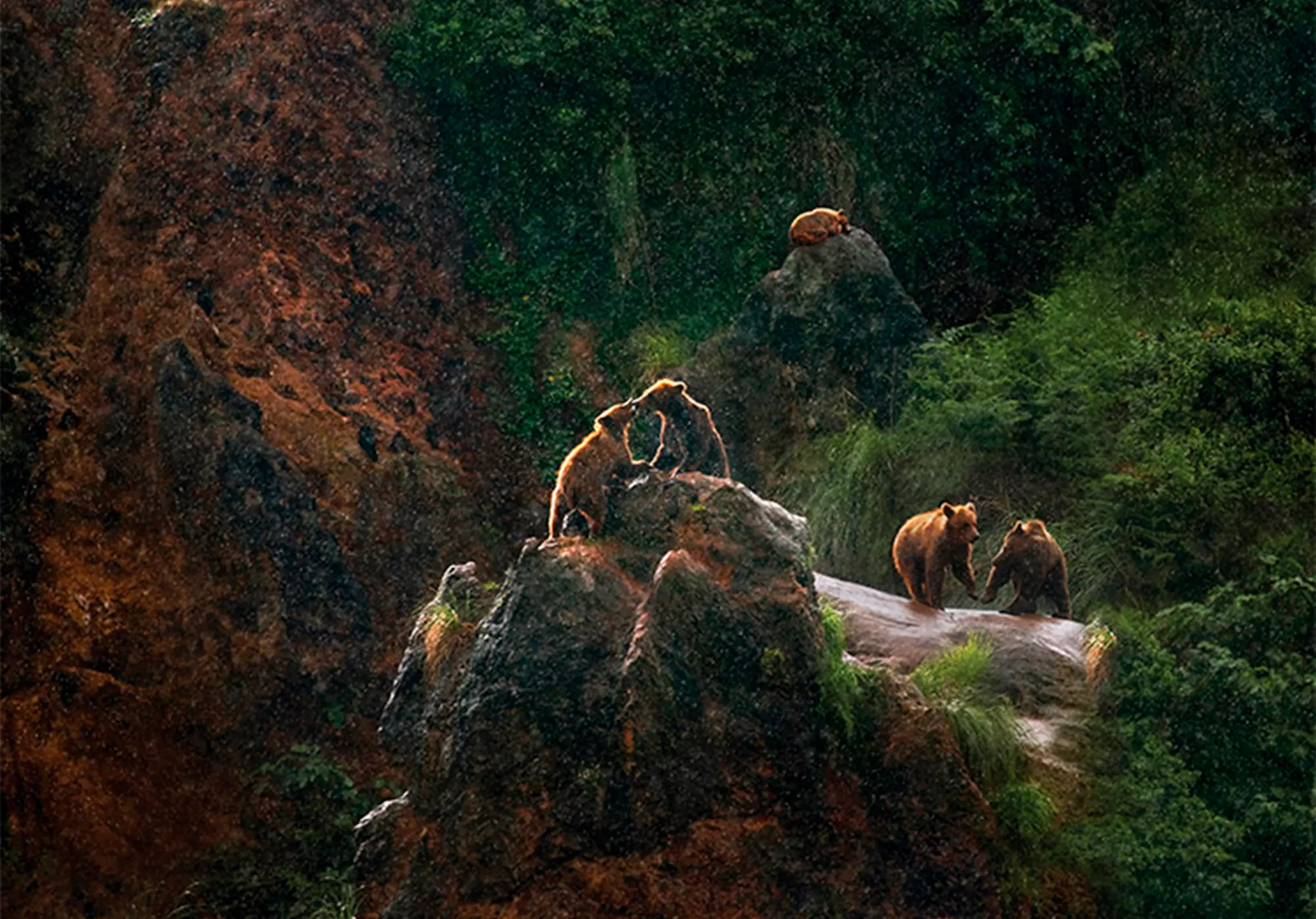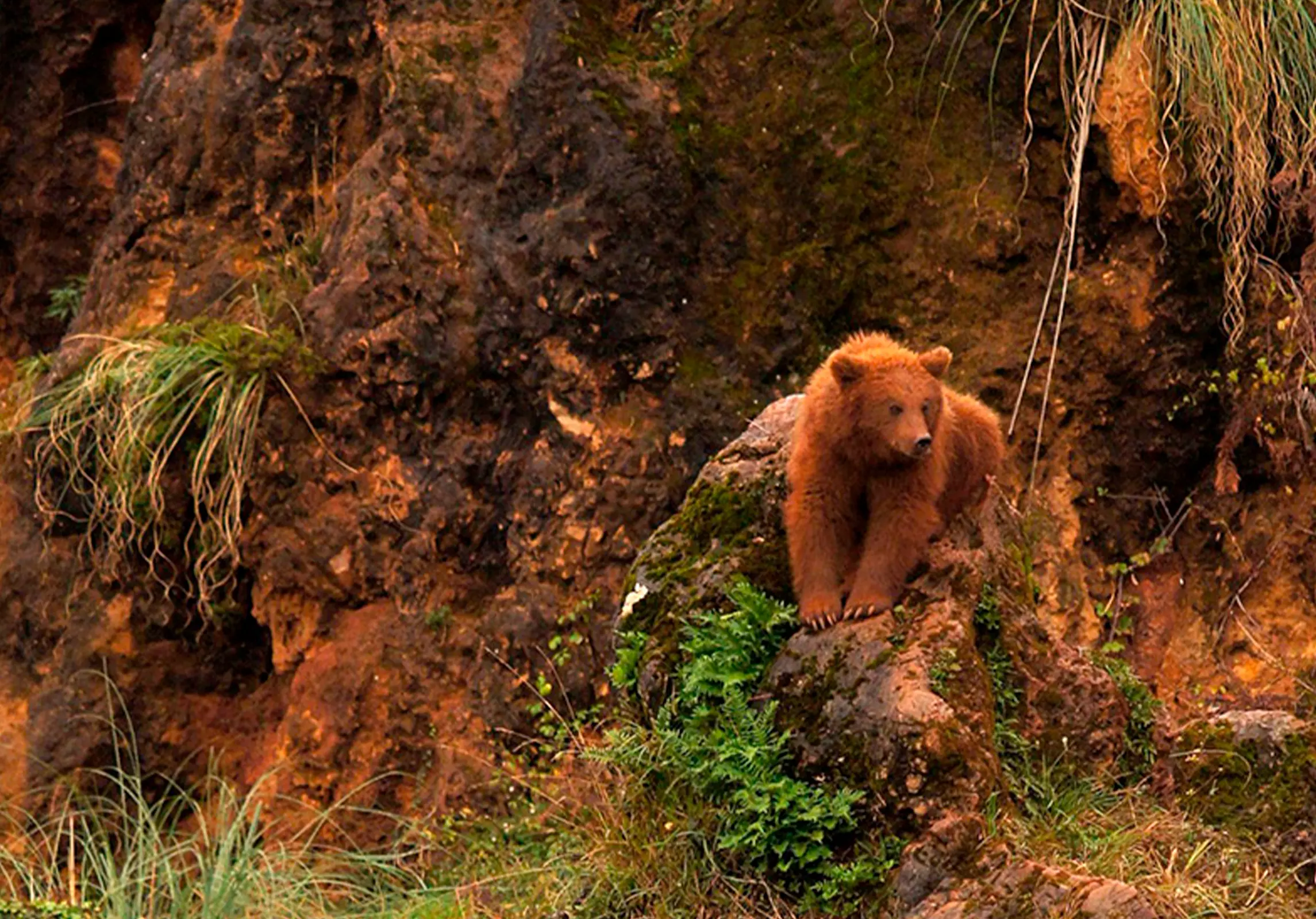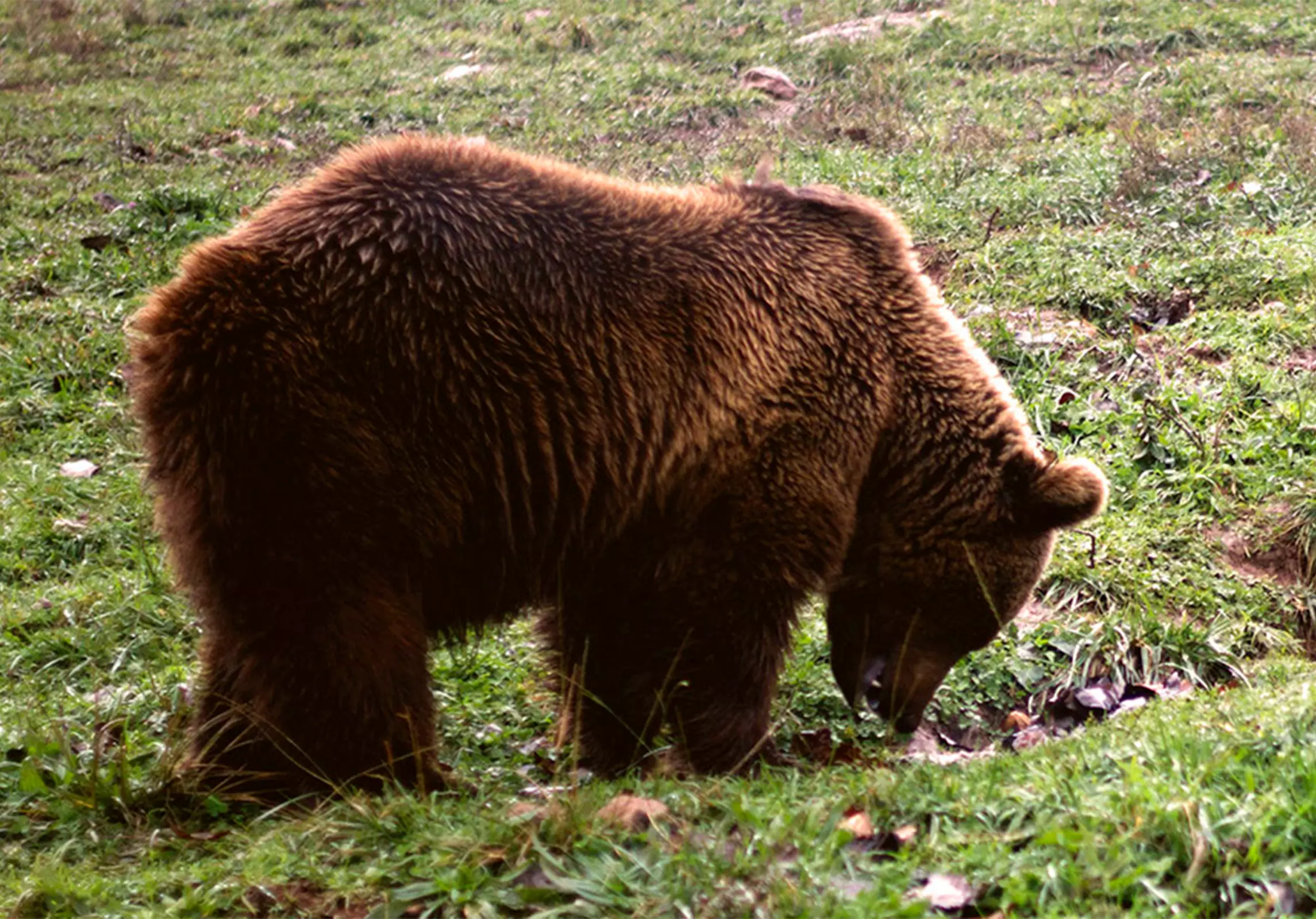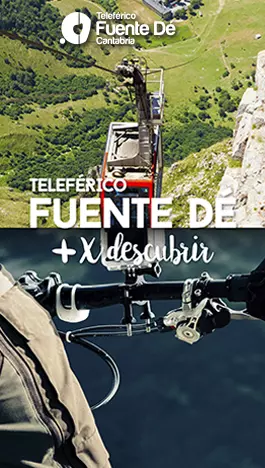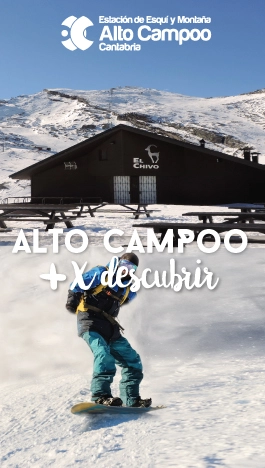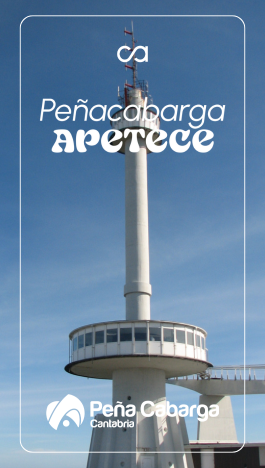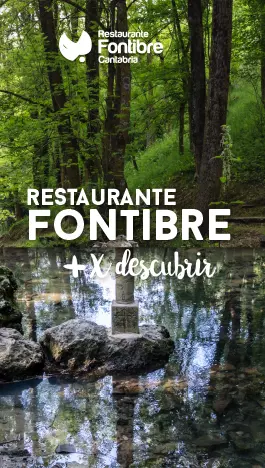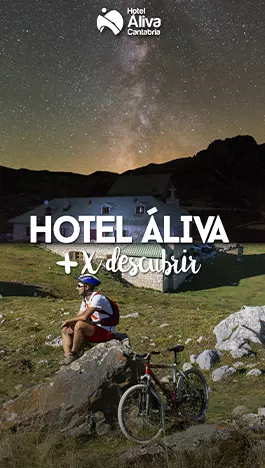
The brown bear is the giant among the mammals of the Iberian Peninsula and the emblem of our forests, although its habitat has been reduced to the Pyrenees and the Cantabrian Mountains, where its population occupies 4 communities: Castilla y León, Asturias, Cantabria, and Galicia. The current population in the peninsula is around 350 individuals, of which approximately 30% are found in Cantabria.
It is the only large-sized species that hibernates: its cardiac and respiratory rates decrease, as does its body temperature; they stop eating and drinking (and therefore defecating and urinating) and maintain their vital signs thanks to the reserves accumulated during autumn. Hibernation is preceded by the search for an appropriate place to carry it out, generally a cave, and its conditioning, as well as a period of hyperphagia in which they consume large quantities of food.
The brown bear is an omnivorous animal, with a diet based on the massive consumption of herbaceous vegetation and fruits and supplemented with animal matter, from ants to carrion and large mammals. Its diet varies according to the seasons of the year: scavenger in late winter; hunter in spring; gatherer, in summer and autumn, of fruits, honey, ants, and tubers, and a fisher when the opportunity arises.
The brown bear’s estrus occurs between April and May, but after fertilization, the egg floats freely in the uterus and does not implant until autumn. Only then does true gestation begin, lasting about two months. The female bear gives birth to between one and three cubs; she does so approximately in January, while sleeping, and the first months of the newborns’ lives take place inside the den, where the female bear covers them with her fur and nurses them. Brown bears are very intelligent animals because they spend 16 months with their mothers to learn the techniques they need to survive.
This mammal has no natural enemies, with the exception of man.
The first bears that populated Cabárceno were Felipe and Guerra, from Madrid; and Alex and Piefke, two cubs who arrived from Berlin. Currently, Cabárceno’s bear enclosure is the largest in the Park, with nearly 33 hectares, and houses a large number of plantigrades which can be observed climbing rocks and perching on the highest cliffs to lie in the sun.

